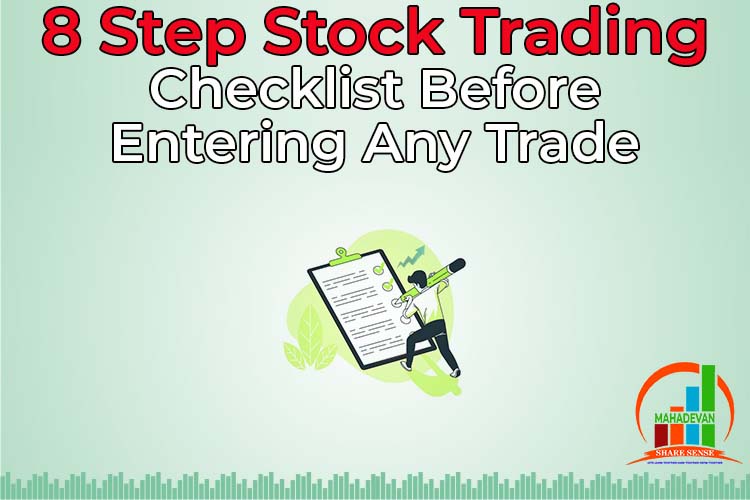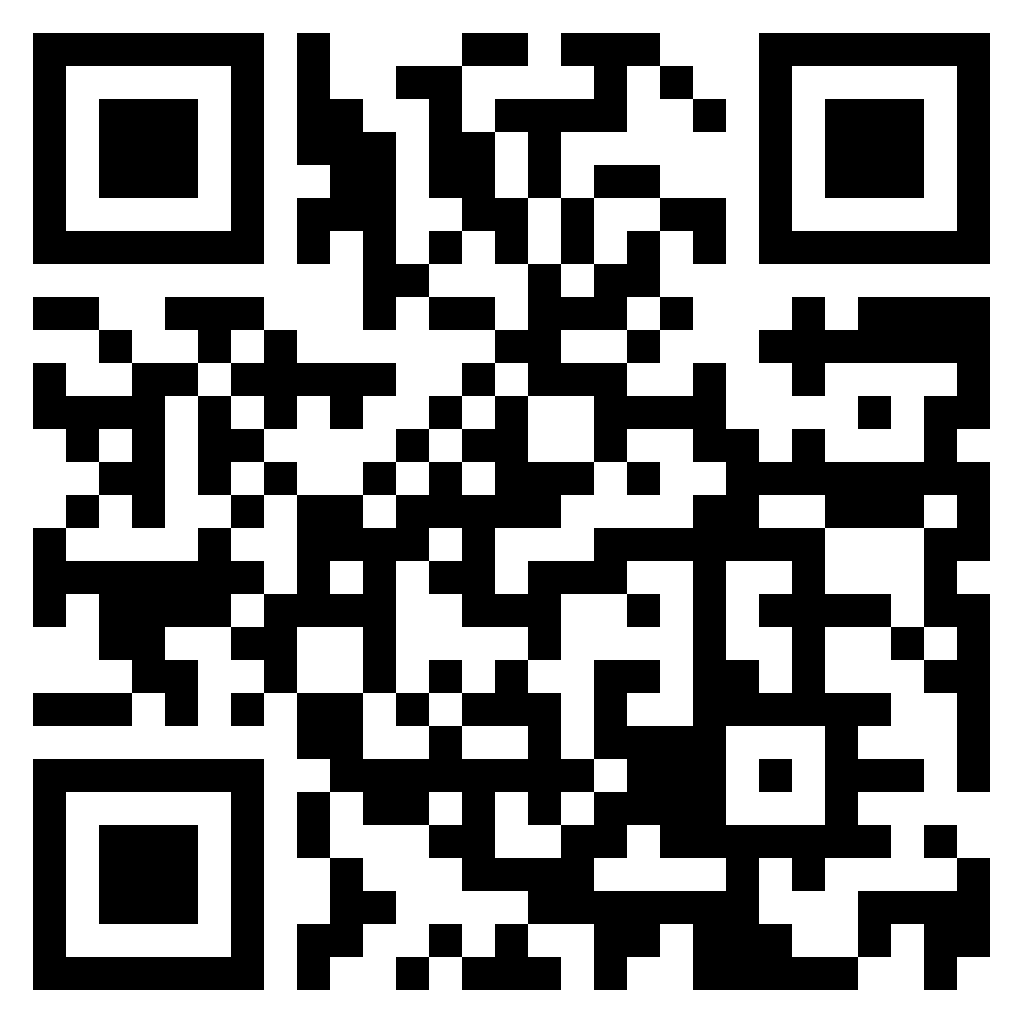

The saying ‘A good start is half the job done holds true for trading. Therefore, it is important to prepare an effective stock trading checklist before entering any trade. It will help the traders answer a set of questions they need to answer before carrying out a successful trade.
Why Do You Need a Trading Checklist?
Preparing a trading checklist is essential for a trader as it helps you stay disciplined, build confidence, and stick to the trading plan. However, you should not confuse a plan with a checklist. The trading plan demands a bigger picture which includes deciding which market to trade and which approach to follow.
On the contrary, the checklist focuses on each trade and the conditions to be met before the execution of the trade order. In this blog, we will discuss the 8 step stock trading checklist before entering any trade.
Before entering the trade, you must ask yourself the following questions:
- Is the Market in a Trading Range or Trending?
- Is There Resistance or Support Levels Nearby?
- Is Price Action Confirmed by Indicators?
- What Is Your Reward to Risk Ratio?
- How Much Capital Is at Risk?
- Is There Any Significant Economic Release That May Impact the Trade?
- What Will Be Your Exit Strategy if the Prices Go In the Opposite Direction?
- Are You Following Your Trading Plan?
Let’s discuss each point of a stock trading checklist in detail:
- Is the Market in a Trading Range or Trending?
If you are an experienced trader, you must be aware that finding a stock trend and trading in the direction of the trend can result in a higher probability of right trades. There is a saying that the trend is your best friend. When you trade along with the ongoing trend, you can earn profits.
As a trader, you need to ask yourself if the prices of the stock are in a strong trend or if you want to trade along with the trend as per your trading plan. The stock is range-bound when the prices of that stock bounce between resistance and support and trade within the channel.
Some stocks trade in ranges. You can refer to oscillating traders like CCI, RSI, and Stochastics for trading in the ranging markets. Therefore, making any trading checks whether the prices of the stocks are in a ranging or trading phase is a part of your trading plan.
- Are There Resistance or Support Levels Nearby?
You also need to check if there is any support or resistance level nearby before you execute any trading order for the particular stock. Generally, the price action respects the particular price levels for various reasons and you must be able to identify these levels.
As a trader, you don’t want to enter a long position where there is a key level of resistance nearby only to bounce back lower. The same logic applies when the price reaches a key level of support and then bounces after.
If you are a trend trader, you should look for breakouts of these levels as it will indicate that the market may start to trend. But, If you are a range trader, you will look for prices to bounce between resistance and support for longer periods.
- Is Price Action Confirmed by Indicators?
You should know that the indicators help you in confirming high probability trades. Based on your trading plan and your strategy, you should have two to three indicators that support your trading strategy. Avoid making your analysis difficult by adding multiple indicators to one chart.
“Learn Stock Market Course From India’s Premium Institute”
You should keep your analysis simple, clean, and easy to see at a glance. Moreover, avoid using 2-3 indicators of the same group. For example, it is advised to use volatility indicators like Bollinger bands with Momentum Indicators like the Relative Strength Indicator. You should check whether these indicators confirm the trading signal before you execute any trading order.
- What Is Your Reward to Risk Ratio?
The Reward to Risk ratio is the ratio of the number of pips that you are willing to risk to reach your target. You should have a positive risk-reward like a 1:2 ratio. It means you risk half of what you may gain if the trade goes well. Therefore, you must consider your risk to reward ratio before you decide to execute a trading order.
- How Much Capital Is at Risk?
Before you place an order, ask yourself how much capital are you willing to risk to execute a single trade? Sometimes, the traders put all their capital in a single trade. They start leveraging the account to the maximum when they feel overconfident in one trade.
You can avoid this by limiting the part of capital used on a single trade. Moreover, you can also set stops on all trades to ensure that the total risk is not more than five percent of your account balance.
- Is There Any Significant Economic Release That May Impact the Trade?
As a trader, you must check whether any economic releases may affect the price movement of a stock that you are going to trade. GDP, PMI, CPI like economic releases and auto sales numbers can impact the prices of the index or stock in a great way.
Therefore, you must keep a close watch on the economic data that is going to be rolled out soon. You should keep reading stock-related news to get an early update.
- What Will Be Your Exit Strategy if the Prices Go In the Opposite Direction?
Trades may go wrong and you may face losses instead of profits. Therefore, always keep a backup plan in case the stock price doesn’t go as per your expectations. You should always put a stop order when you enter any position so that you are safe from any losses.
You can determine the stop-loss prices in many ways such as using resistance or support levels, Fibonacci levels and so on. To become a successful trader, you must know how to place stop loss effectively.
- Are You Following Your Trading Plan?
Before you place any trading order, you should ask if the order goes well with your trading plan. You should never deviate from the trading plan. This may lead to mixed results and may make the entire trading process frustrating. Remember not to place trades unless you complete the trading checklist.
Summing Up – Stock Trading Checklist
The points discussed above are important and should be considered before you enter any trade. Remember that having a checklist alone won’t guarantee profitable trades in the stock market. However, it will help you stick to your trading plan.
A trading checklist will help you stay away from impulsive or reckless trades, and will give you the required clarity to trade with consistency. Traders who make money consistently call trading a business. However, there is no guarantee that you will always make money in stock market trading.
Having a trading plan is essential if you want to survive and succeed in the stock market. So what are you waiting for? Follow this 8 step stock trading checklist before entering any trade. We hope this blog answers your questions related to the stock trading checklist.
Happy Investing!














